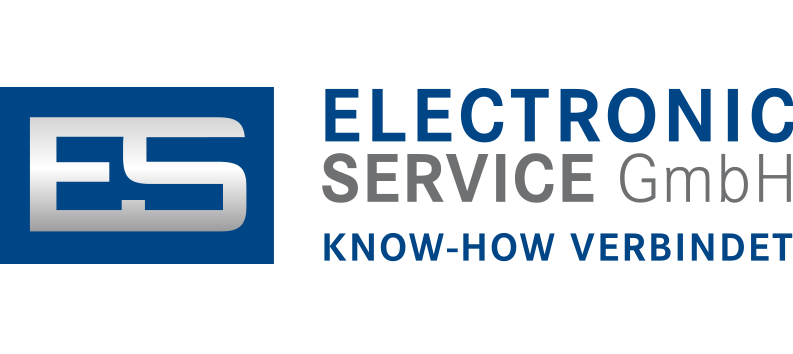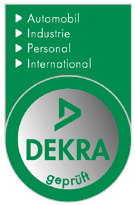NARROWBAND FLAT ABSORBER
Narrow-band flat absorbers from the ESorb FTA series attenuate a narrow frequency window – typically -20 dB at 24 GHz or 77 GHz. Developed and manufactured under ISO 9001 / 14001, they stand for reproducible quality, minimum weight and fast availability in custom-made sizes. Without an intact, precisely tuned narrowband absorber, echo peaks, falsified measurement data and EMC limit violations occur – this delays test procedures, jeopardizes approvals and, in the worst case, leads to expensive recalls.
Precision on one frequency – what makes the narrowband absorber so special?
A narrowband absorber is the first choice when a single, critical frequency needs to be shielded. It offers an effective solution where space, weight or budget are limited – and scores points over broadband alternatives thanks to its slim design.
That’s what sets him apart:
- Resonance-optimized flat absorber based on silicone or urethane – ideal for frequency-specific applications
- Typical thickness from 1.0 mm – perfect for compact radar modules or tight installation spaces
- Tested: up to -20 dB reflection attenuation at the target resonance frequency (f₀), e.g. in the 77 GHz range
A quick adjustment of the target frequency is all it takes – we match the material and thickness exactly to it.
How ESorb material works – resonance meets high-tech foam
Thanks to defined permittivity and magnetic particles, the magnetic absorber layercan absorb the field energy and dissipate it as heat.
- Dielectric Absorber Foam (ARC technology) from the USA as the base material.
- Optional magnetic impregnation for increased basic damping.
- Silicone version FTA-S withstands continuous temperatures of up to 170 °C.
We thus combine precise resonance tuning with robust automotive suitability.
Characteristic values that convince – flat absorber data at a glance
Performance data at a glance – so that your EMC simulation remains reliable:
- Reflection: -20 dB @ f₀, harmonics mostly
- Density: <100 kg/m³ → Weight advantage over ferrite plates.
- Temperature window: -55 °C…+170 °C.
- Production: Water jet, cutting plotter, punching – all in-house.
You can find more options in our HF absorber-overview.
NARROWBAND FLAT ABSORBER
Applications – where narrowband absorbers are important
From the bumper of a premium SUV to the 5G transmission mast on the roof of a high-rise building: narrowband absorbers solve reflection problems wherever individual radar or radio bands limit system performance. In the automotive industry, they ensure constant distance measurements and reduce interference emissions in accordance with CISPR 25. Telecom operators use the lightweight foam to minimize self-reflections in millimetre-wave small cells and thus stabilize network quality in city centres. Space and satcom manufacturers benefit from the low weight and reproducible -20 dB attenuation to reliably meet link budgets in orbit.
A brief overview of why developers choose them:
- Radar sensors in ADAS and autonomous driving – interference-free distance measurement.
- EMC measurement boxes for hardware-in-the-loop tests – reproducible DUT environment.
- Antenna covers for 5G small cells – less self-reflection.
- Satcom filter housing – clean link budget measurement.
For broader spectra we recommend broadband flat absorbersfor volume resonances cavity absorbers.
Quick selection – how to find the right damper
Our experts check five parameters:
- Target frequency & bandwidth
- Installation space & maximum permissible thickness
- Temperature cycle
- Desired attenuation (dB)
- Quantity & delivery date
Long-standing partnership with ABS Technics – European production at the highest level.
Our joint engineering enables short development cycles and resilient prototypes.
ABS Technics is ISO 9001 certified and provides complete test reports.
This means you receive special dimensions and small series without compromising on damping performance or delivery dates.
Get advice now:
Request samples or project support – get in touch .
Information on the processing of your personal data can be found in our privacy policy. Privacy Notice.
FAQ – Answers for development teams
How is the resonant frequency set?
Our engineers first model permittivity and magnetic loss factors in RF simulation tools, then vary layer thickness and fill level, produce laboratory coupons and adjust the recipe until the test report consistently confirms -20 dB reflection at your target frequency – reliably and reproducibly.
Can the absorber reliably attenuate 77 GHz radar in the car?
Yes, the silicone version ESorb FTA-S has been specially validated for automotive radar: -20 dB at 77 GHz with an installation height of just three millimeters, vibration-resistant, salt spray-resistant and thermally stable up to 170 °C – ideal for front radar in bumpers.
Why is a broadband absorber not enough here?
Broadband absorbers provide a moderate basic attenuation over a wide spectrum, but if you need maximum reflection suppression in a narrow radar or satcom band, a tuned narrowband absorber achieves considerably lower attenuation values – and also saves material, weight and costs.
Which standards are relevant?
For vehicle radar, CISPR 25 (emitted interference) and ISO 11452-4 (immunity) are particularly relevant; in the aerospace environment, RTCA DO-160 and ISO 9228 apply to radomes. Our absorbers are tested and documented in accordance with these specifications.
Kontakt
E. S. Electronic Service GmbH
Hohe Straße 3
61231 Bad Nauheim
Telefon: +49 (0) 6032 9636-0
Telefax: +49 (0) 6032 9636-49
E-Mail: info@electronic-service.de
CONTACT
E. S. Electronic Service GmbH
Hohe Straße 3
61231 Bad Nauheim
Phone: +49 (0) 6032 9636-0
Fax: +49 (0) 6032 9636-49
Email: info@electronic-service.de
ABOUT US
The E.S. Electronic Service GmbH produces and markets customer-oriented solutions worldwide. In doing so, we concentrate our resources on electronic components, materials with a focus on EMI shielding, heat conduction, as well as noise filters and absorbers.


